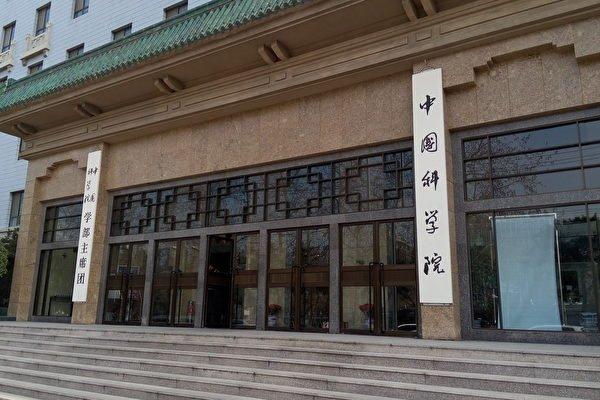A cold wave has swept across China amid the Lunar New Year, with the northernmost city of Mohe in Heilongjiang Province reaching a historic extreme of -53°C (-63.4°F) on Jan. 22.
At 7:00 a.m. on the first day of the Lunar New Year, -53°C was measured at the Jintao Meteorological Station in Amur Town, Mohe City, Heilongjiang Province, breaking a historical extreme of -52.3°C in the city recorded in 1969.
This is also the lowest recorded temperature in Chinese history since China has kept meteorological records.
According to monitoring data from the Meteorological Observatory in the Greater Khingan Mountains, the lowest temperature in Mohe City has been below -50°C for three consecutive days prior to the record-breaking temperature.
Double Warning in Beijing, Blue Alert for Shanghai
At about 4:00 p.m. on Jan. 22, Beijing issued a double warning for low temperatures and strong winds. Gusts in most areas of Beijing were said to reach magnitude 6 or 7 from Jan. 23 to 24 and magnitude 8 for mountainous regions.Minimum temperatures in most parts of Beijing dropped below -10°C from the night of Jan. 22 to Jan. 25. The low temperatures are expected to continue through the rest of January.
The Shanghai Central Meteorological Observatory also issued a cold wave blue alert on Jan. 23.
China has a four-tier, color-coded weather warning system, with red representing the most severe weather, followed by orange, yellow and blue.
Affected by the strong cold wave from the north, Shanghai’s minimum temperature in the urban area dropped by 8 to 10 degrees Celsius within the 48 hours following Jan. 23 while dropping 10 to 13 degrees Celsius in the suburbs.
Lowest Temperature in Hebei Province
The Hebei Provincial Meteorological Observatory also issued a cold wave blue alert on Jan. 22.From Jan. 23 to the morning of Jan. 24, the minimum temperature in all parts of the province saw a significant drop. Temperatures in Baoding city, Langfang city, and the northern part of the province plunged by 9 to 11 degrees Celsius, while other areas dropped between 7 to 14 degrees Celsius.
Guangdong Cold Wave Alerts
As the cold snap entered Guangdong on the early morning of Jan. 23, the lowest temperature in Qingyuan in northern Guangdong dropped to 8.4°C at 10:00 a.m. that same day, which was 5°C lower than the same period on Jan. 22.Some 60 cities and counties in Guangdong issued cold wave alerts.
Additionally, in the same period, the city of Shenzhen experienced magnitude 8 gusts along the coast and in the highlands on top of the cold wave.
On Jan. 24, the minimum temperature in northern Guangdong cities and counties reached between 4°C-7°C, while the mountainous areas dropped below -1°C and other areas 7°C to 14°C.
Biggest Temperature Drops in East
According to China Weather Network, the country’s eastern region has the largest drop in temperature due to the eastward path of the cold wave.In Wencheng county, Zhejiang Province, the highest temperature on Jan. 23 was 19.3°C, and it dropped to 4°C on Jan. 24, plunging more than 15 degrees°C.
Among the provincial capital cities, Hefei, Hangzhou, and Fuzhou saw their highest temperature drop by around 10°C. Meanwhile, the lowest temperature in Nanjing on the morning of Jan. 25 was -7°C.
The China Central Meteorological Observatory has continued to issue blue cold wave alerts.
Meanwhile, parts of western Gansu, western Inner Mongolia, northern Qinghai, Ningxia, and other places have experienced windblown sand or dust.





